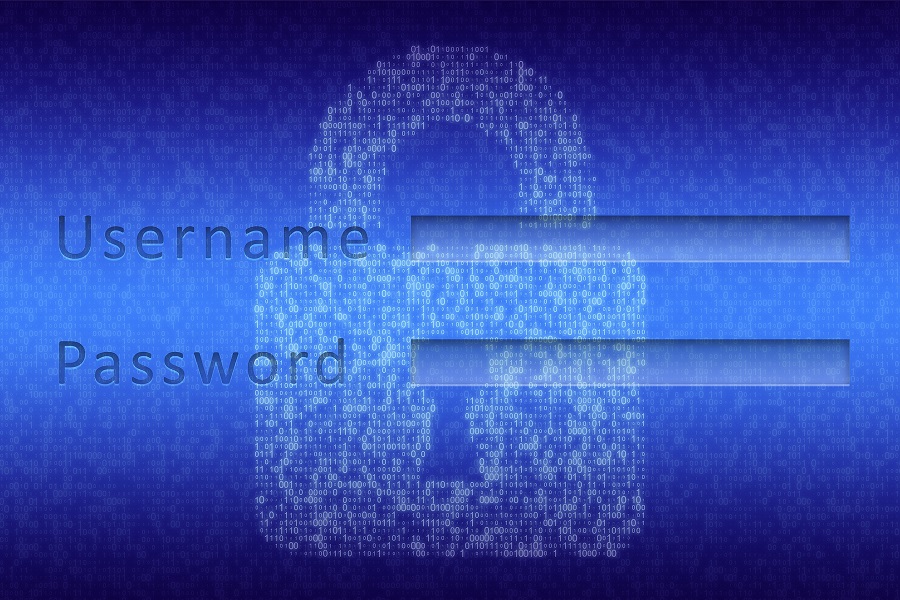In the digital age we live in, cyber security is a paramount concern. With the rise of online threats, protecting data and personal information has become a top priority. Two-factor authentication (2FA), has emerged as an effective tool for defending against security breaches. However, despite its many benefits, 2FA is not immune to challenges and threats.
Importance of two-factor authentication
2FA is an important resource against cybersecurity breaches. While traditional passwords can be easily stolen or guessed, 2FA adds an extra layer of protection by requiring a second factor of authentication in addition to the password. This second factor can be a physical key, a code generated by a mobile application or a fingerprint. The combination of these two factors makes it significantly more difficult for attackers to access sensitive data. Thus implementing 2FA has become essential for businesses, organizations and individuals looking to protect their information online.
Two-factor authentication therefore presents itself as a security method that requires two separate factors to authenticate access to an account or system. These authentication factors can be divided into three main categories: something the user knows, something the user owns, and something the user is.
Something the user knows: usually a password or PIN. The user must enter this secret information correctly to proceed with authentication.
Something you own: this factor pertains to a physical object or device. It can be a hardware security key, smart card, or code generator token. These devices generate unique codes or respond to an authentication prompt to detect that the user is in possession of the authorized device.
Something the user is: this factor is based on the user's unique biometric characteristics, such as a fingerprint, facial recognition or iris scan. The biometric data are compared with those previously registered to verify the user's identity.
2FA requires the user to successfully pass both authentication factors to gain access to the system or account. For example, after entering the password (something the user knows), the user may be prompted to enter an application-generated code on their smartphone (something the user has) to complete authentication.
Using two different factors provides an extra layer of security over traditional password-only authentication. Even if a password is compromised or stolen, access remains secure because the attacker would also need to have the second factor (such as the physical device or biometric information) to evade the DFA.
Security is never 100%
Despite the effectiveness of this technology, malware developers and cybercriminals have adapted to bypass this security system. Social engineering, phishing, and the use of advanced malware are just some of the techniques attackers employ to obtain the sensitive data needed to bypass 2FA.
Attackers can trick victims into voluntarily providing authentication codes or they can compromise devices to directly access authentication factors. These new methods demonstrate that 2FA alone is not enough to provide complete protection.
To address the challenges posed by cybercriminals, it is essential to take a holistic approach to cybersecurity. In addition to two-factor authentication, other security measures are necessary, such as regularly updating the software, educating users on cyber risks, using reputable antivirus tools and being aware of online safety practices. Additionally, implementing advanced monitoring systems and threat detection techniques can help detect and thwart attacks in real time.
Two-factor authentication is still today one of the most effective means of protecting our digital data and preserving our privacy, however, as evidenced by increasingly sophisticated cyberattacks, the most effective approach to cybersecurity is confirmed to be an adequate awareness of the risks on the part of all operators.









